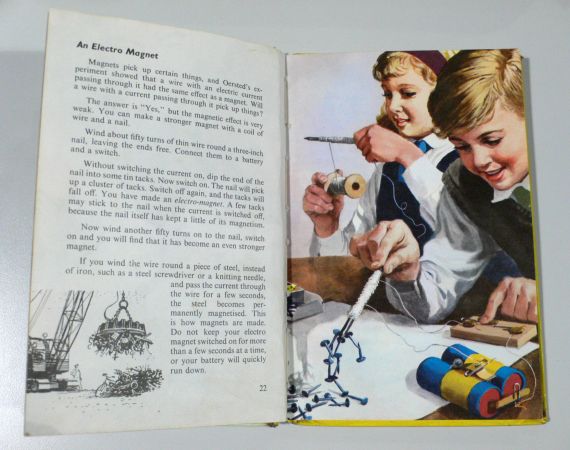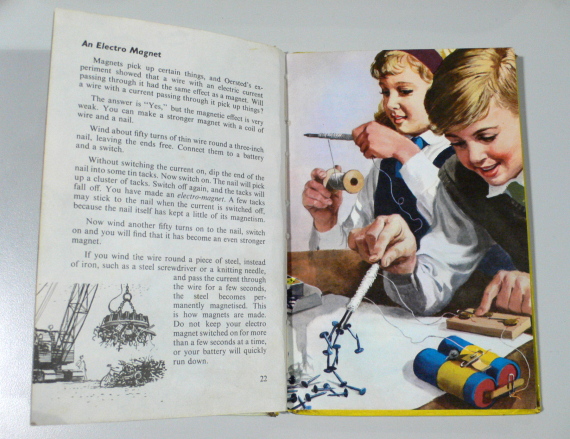Posted on Thu 26 May 2016
It's all about magnetism
“In 53 minutes the aurora borealis should be Active.” A tweet from @Aurora_Alerts arrives as the last flakes of snow are falling outside the Pervasive Media Studios, and I find myself gazing upwards at the featureless sky wondering how this news is manifesting itself elsewhere…

Posted by
Project

Communicating Science Residency
With media attention on solar flares and their effects on positive events (the northern lights) or predicted negative events (technological disruption), Helen White joined the Pervasive Media Studio in January 2013 to embark on a graduate and new talent residency, supported by IOP Publishing, to…“In 53 minutes the aurora borealis should be Active.”
A tweet from @Aurora_Alerts arrives as the last flakes of snow are falling outside the Pervasive Media Studios, and I find myself gazing upwards at the featureless sky wondering how this news is manifesting itself elsewhere…
After two weeks of introductions, insightful conversations, chance meetings, learning about solar physics, talking about space, looking for real-time data sources, a visit to @Bristol and their planetarium, considering different levels of attentiveness through calm technology and spectacle computing, and some basic experiments with electromagnetism, I’m getting thoroughly immersed in my research question:
How can the impact of solar wind and coronal mass ejections manifest themselves through a real-time, real-life tangible experience? (Subject to change!)
This week Verity and I met with our contacts at the Institute of Physics Publishing and were given a tour of their offices in Bristol. It was particularly interesting to look at their reworked graphic representations of scientific data, the sort of imagery that ends up on the covers of publications like Physics World. These are eye-catching and visually stimulating, with the aim of communicating science in a two-dimensional print form, but making suggestions to me of more physical and three-dimensional outcomes.
Back at the studio, my research continues into the magnetic interactions between the sun and the earth, beautifully explained here by Semiconductor Films (Thanks Dan!) I delve into a copy of Magnets, Bulbs & Batteries, a Ladybird Junior Science Book that I bought in a charity shop years ago knowing it would come in handy one day, and set about successfully making my first electromagnet. As I watch my paperclip swinging and dancing in the invisible magnetic field, I begin to see how movement could be manipulated in my design. Terrestrial wind is silent until it encounters an object – what sort of sound could solar wind make?

I end my first two weeks pondering the unique set of conditions that need to be aligned to trigger the aurora to occur, and how technology could be programmed in a similar way to respond to different levels of data, resulting in various combinations of movement, sound and light. A moderate solar flare took place during the week and I watched my solar wind speed data gradually increase. I’ve been asked about the dynamics of my data, yet I am more inspired by the rarity of witnessing an event. This is slow design in a world of instant gratification. Blink and you might miss it.
The next tweet from @Aurora_Alerts arrives…
“In 51 minutes the aurora borealis should be Quiet.”
